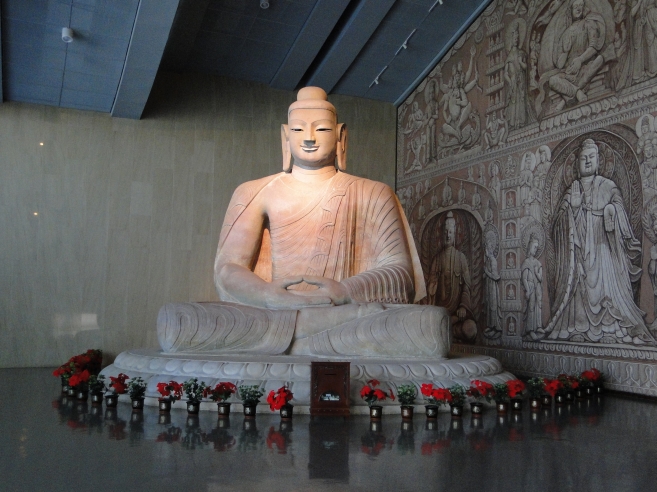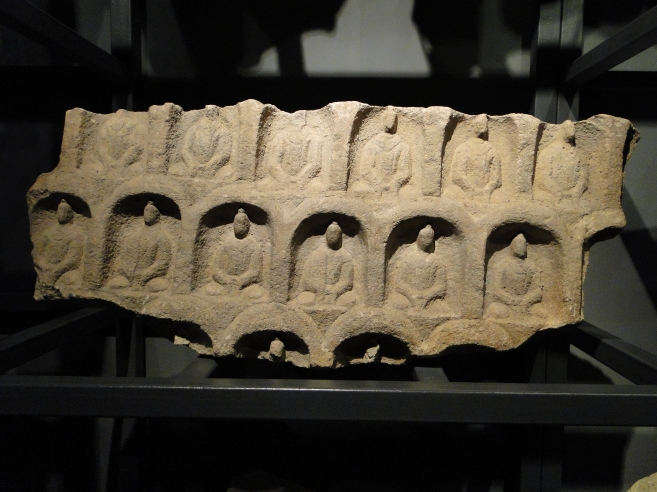Datong
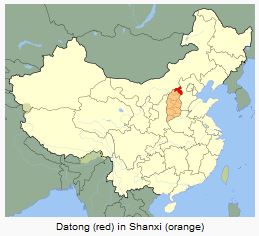
I had mixed feelings about visiting Datong at first. I knew it was home to ancient caves and a spectacular cliffside temple over 1500 years old, but I had also read it was one of China's most polluted cities. Datong is one of China's major coal producing cities, and coal smelting smokestacks are plentiful in the area. That being said, compared to Beijing (where on the day I left, airplanes from Beijing's Capital Airport would disappear completely into a thick haze just seconds after takeoff), Datong welcomed me with crisp clear pre-winter blue skies. I enjoyed Datong so much that I was ashamed I almost skipped it for fear of breathing in black coal dust. The clear skies plus complete lack of crowds that I had encountered almost everywhere else in China made Datong one of my more enjoyable China travel experiences.
---------------------------------------
Datong's relatively small quiet airport receives just one flight from Beijing daily and a couple others from more southern cities. Most people who visit from Beijing take the half-day train, but I opted for the quick 45-minute flight to give me an extra day in the city.
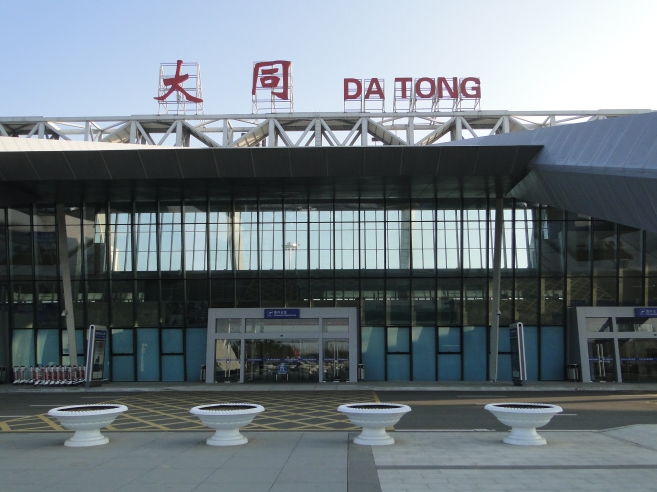
---------------------------------------
Drumtower at a Datong intersection. I loved the look of Datong right away, a perfect match of old and new.
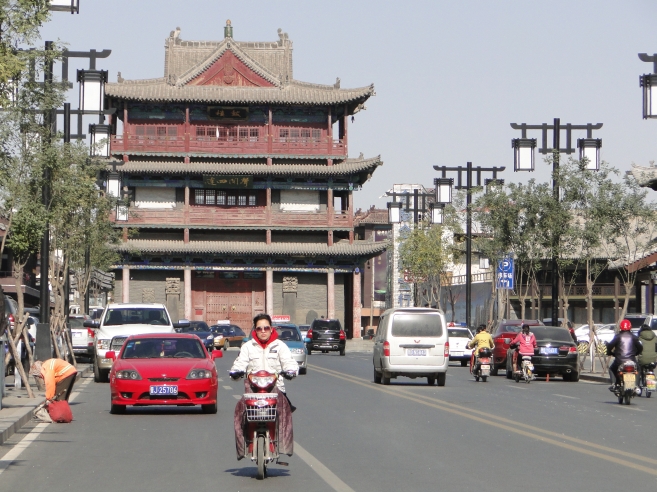
---------------------------------------
I also loved strolling alongside the old city walls that surround Datong's ancient city. Made for nice photographs!
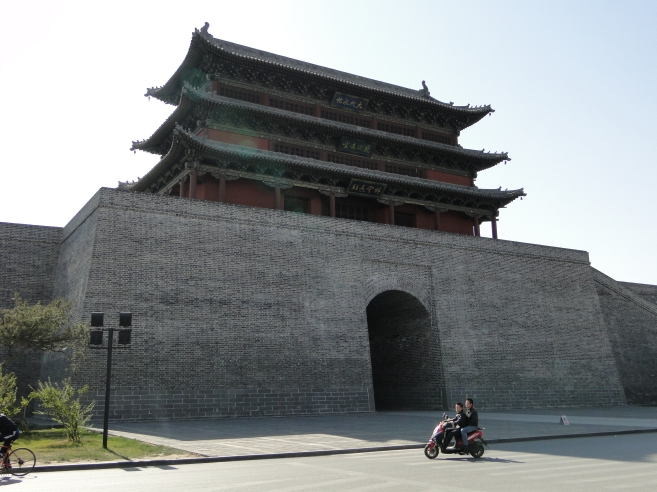
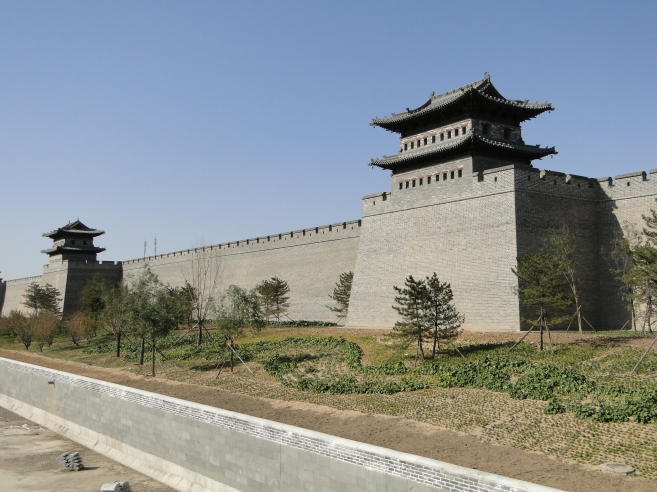
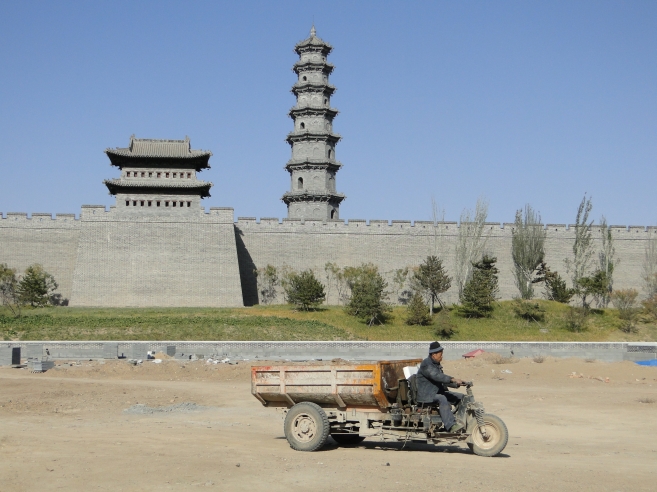
---------------------------------------
I always like to spend a day randomly walking around a city that I am visiting for the first time. You never know what lurks around the next corner. Datong's Confucius Temple was one of my pleasant discoveries. It wasn't listed in my guidebook and I had the grounds entirely to myself, quite a rare treat indeed in a country as populated as China.
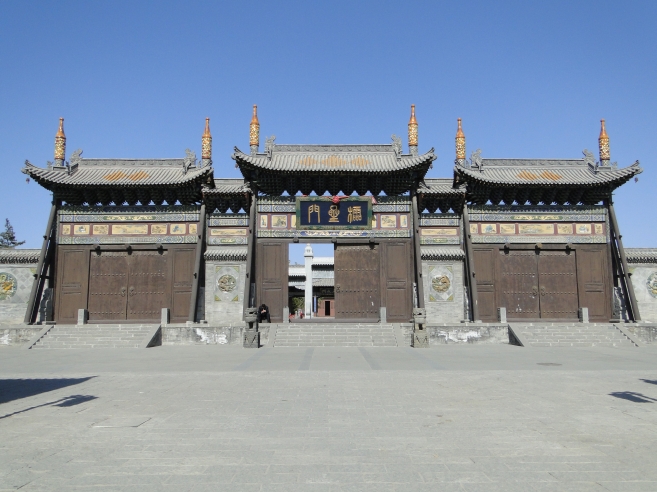
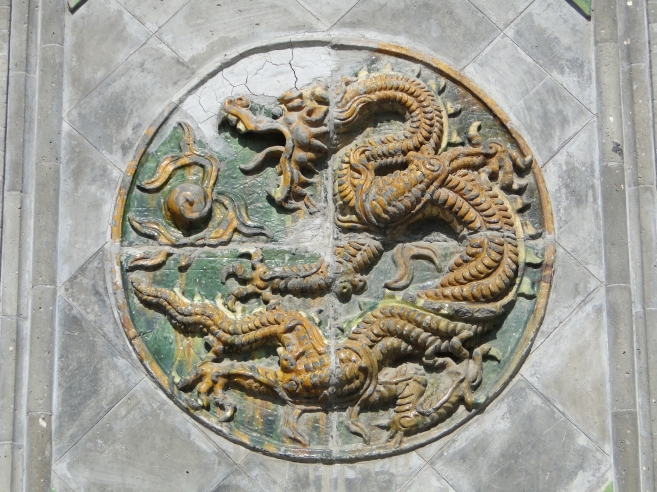


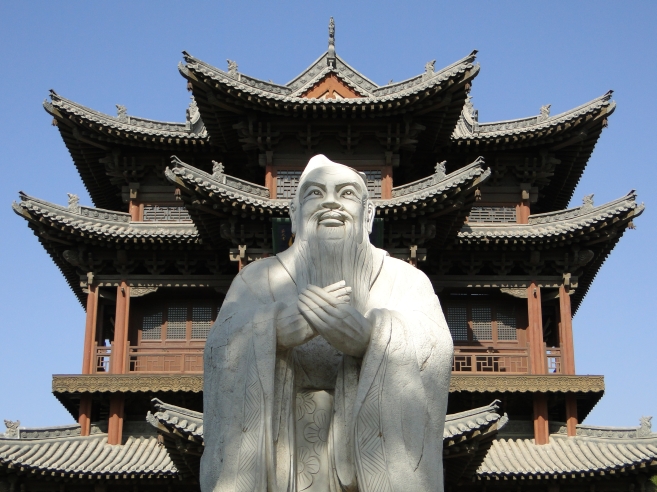
---------------------------------------
Datong lies in China's arid interior and is quite frigid during the time of year when autumn turns to winter, when I went. Many scooter riders were decked out in thick jackets, gloves, face masks, and thick blankets to keep their legs warm.
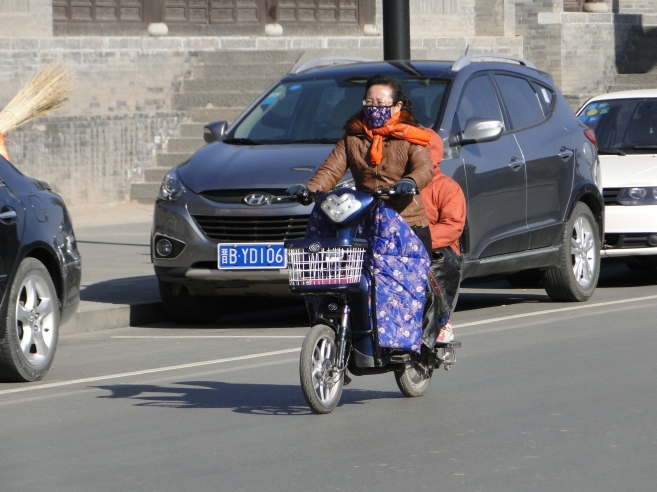
---------------------------------------
No surprise as the weather turns chilly, advertisements for fur coats start appearing.
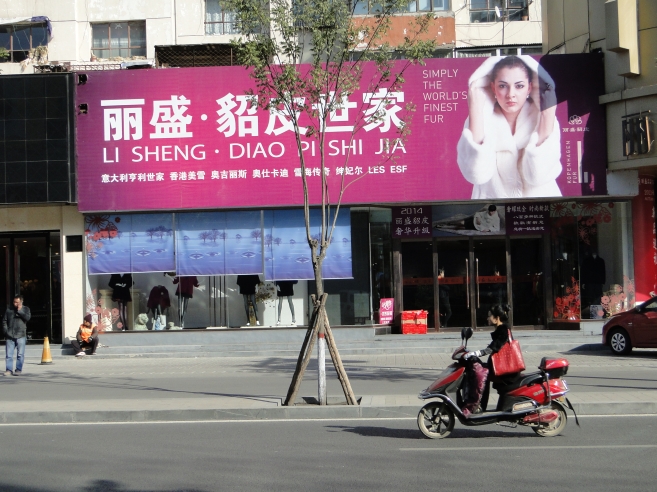
---------------------------------------
Central square in Datong's old city.
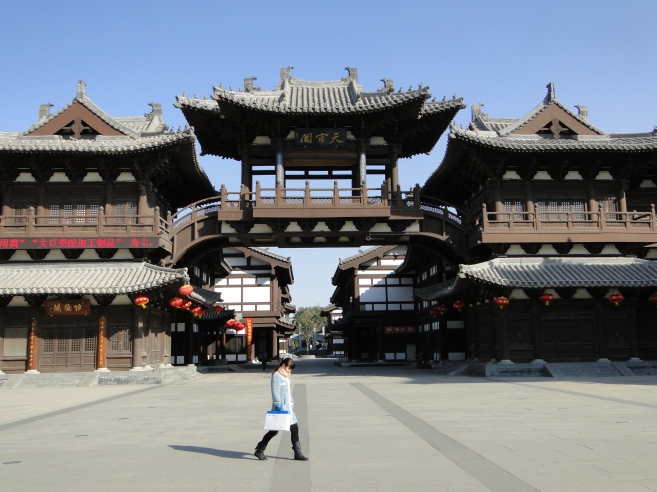

---------------------------------------
Huayan Monastery, one of Datong City's primary attractions.


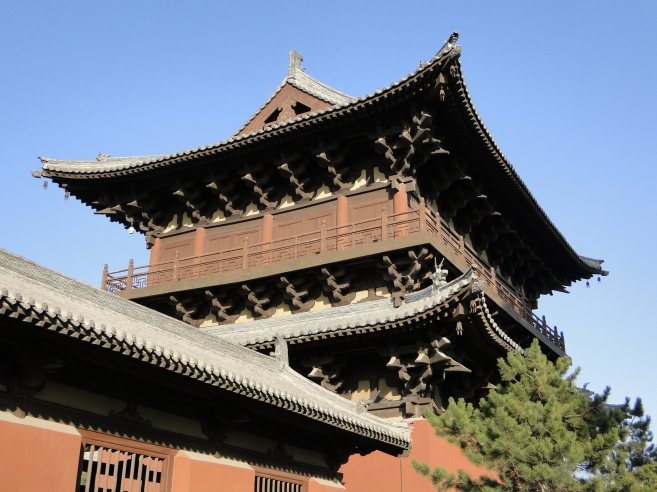
---------------------------------------
Nearly all temples I've visited in China prohibit photography of Buddha images, but for some reason Huayan Monastery had no such restrictions. It might have helped that I was one of the only people there or that most of the temple grounds minders were falling asleep in bored hazes. But whatever the reason for my good fortune, I took full advantage of the opportunity and got lots of nice closeup photographs of the Buddhas in various halls.
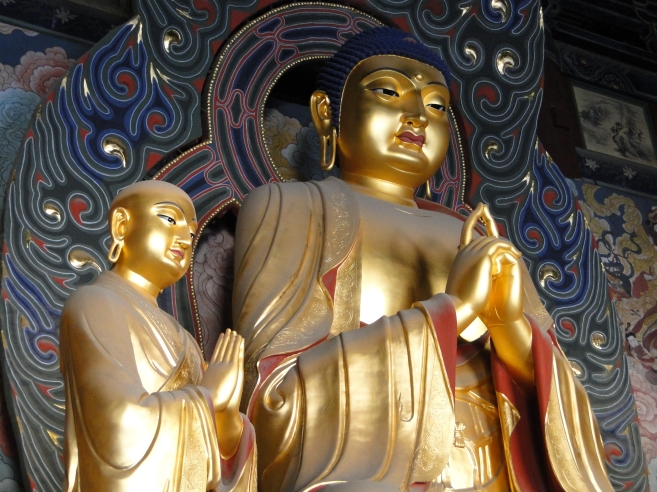


---------------------------------------
I was surprised at first to see that worshippers entered the temples with their shoes on, but it quickly dawned on me that there was a practical reason for this seeming sign of disrespect: it was simply way too cold outside to consider shedding any layer of clothing no matter how religious the purpose.
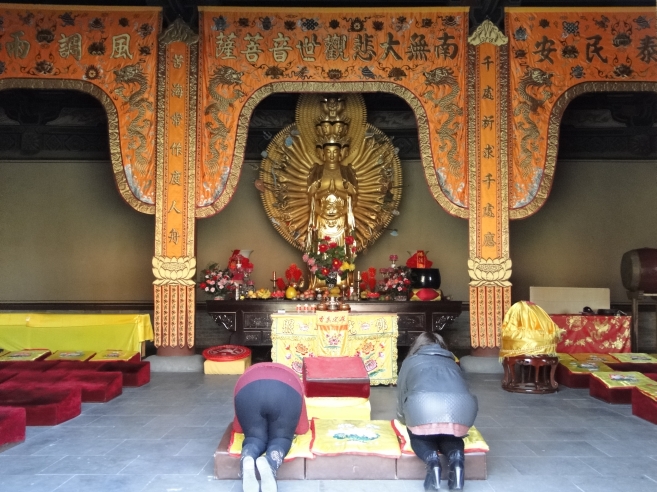
---------------------------------------
A couple sections of the 600-year-old Nine Dragon Screen in Datong, the largest and oldest glazed tile wall in China. The imperial palace it once protected burned down long ago.
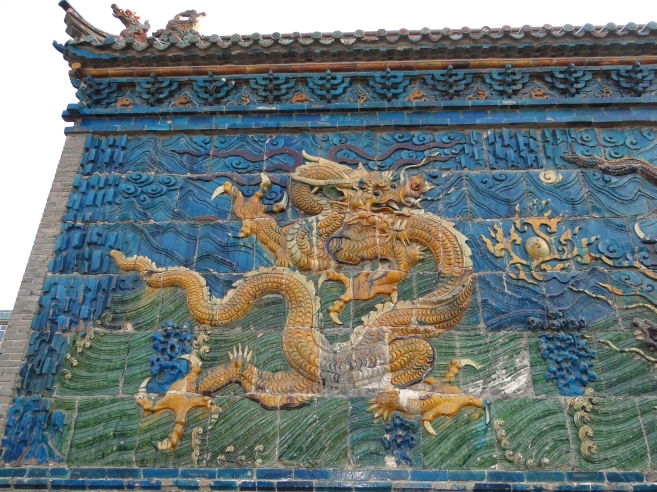
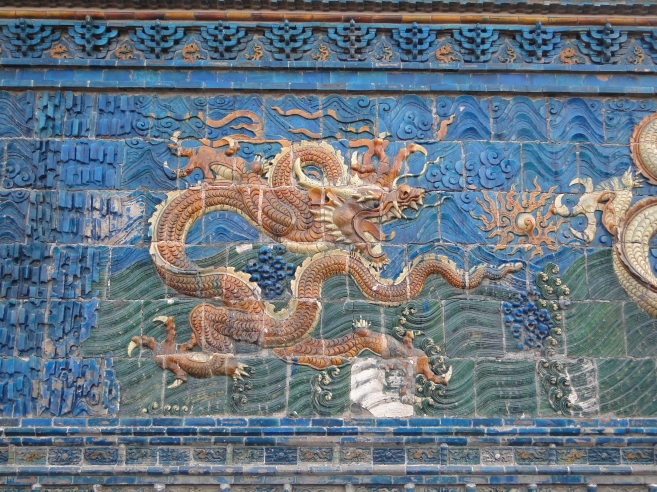
---------------------------------------
Heading south of Datong to one of Shanxi Province's most famous sites, the Hengshan Hanging Temple.
Here's the entrance marker to the temple park.
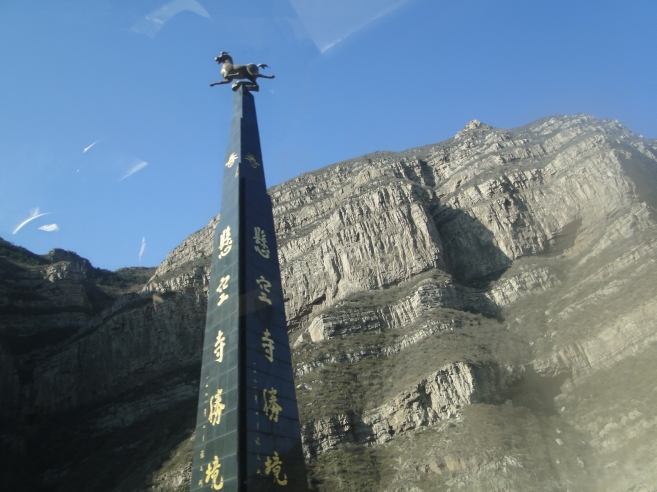
---------------------------------------
First constructed in 491, the Hengshan Hanging Temple has survived over 1500 years. No one knows why it was built 150 feet off the ground into the side of this cliff like this, but the most popular theory is that it was built high up to avoid the periodic floods that plagued the valley below. It is the only temple in China that contains images of Buddhist, Confucianist, and Taoist leaders together.


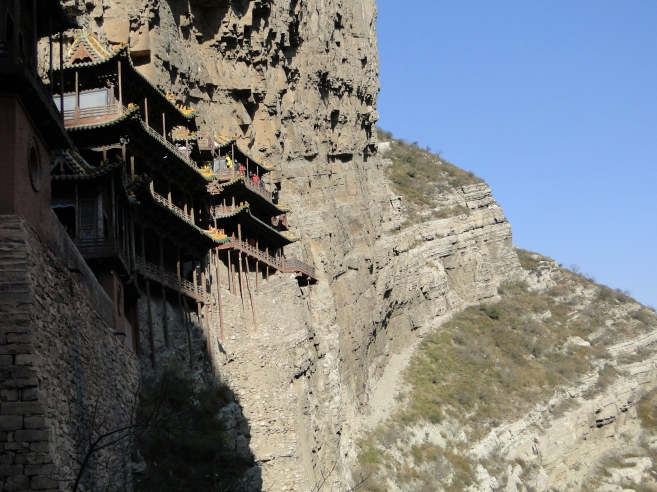

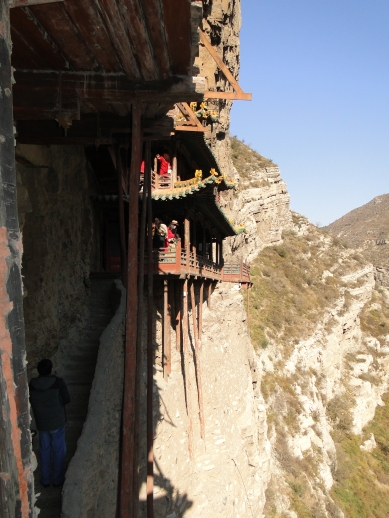


---------------------------------------
In the opposite direction from the Hanging Temple lies Shanxi's other major tourist draw, a network of caves housing thousands of Buddha images carved centuries ago. I got a lesson in perspective right away when I spied this old fortress on a nearby hilltop. "It's only 600 years old from the Ming Dynasty," a guide told me. "Chinese people don't consider this to be old." In view of the fact that we were there to see cave carvings that were over a thousand years old, she did have a point. But it was hard for me to wrap my mind around the fact that a fortress that was six centuries old wasn't considered on the tourist circuit in its own right. As if to underscore the point, the guide told me that no one ever visits there and (a shock in China!) there are no admission fees and no crowds.

---------------------------------------
The entrance to the Yungang Caves consists of some rather tacky modern temples and sculptures. The cross-legged Buddha also seemed to be unique to this area. A giant (but alas, unfortunately fake) gold-leafed Bodhi tree was one of my favorite elements.
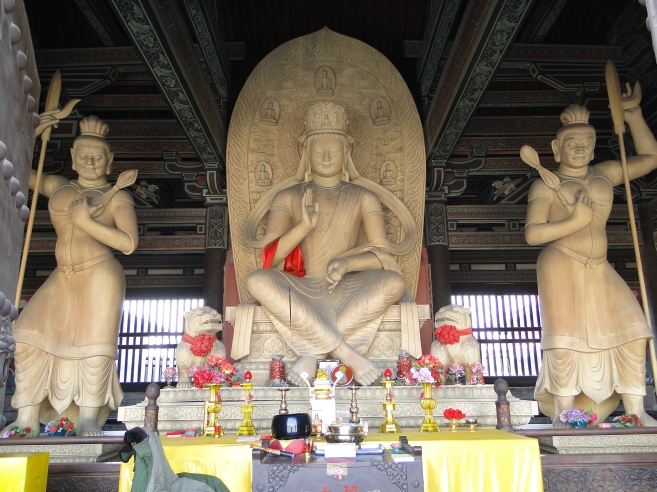
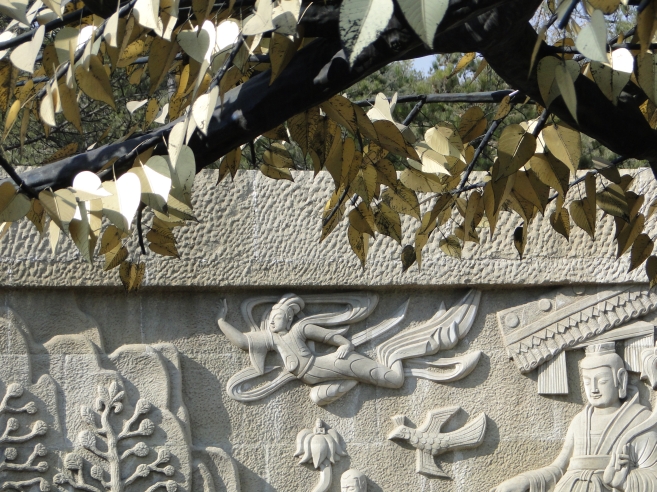
---------------------------------------
Shanxi's signature attraction and now a UNESCO World Heritage site, the Yungang Caves Grottoes contain over 51,000 stone Buddha carvings, some as small as just a few inches in size while others tower over several stories in height.



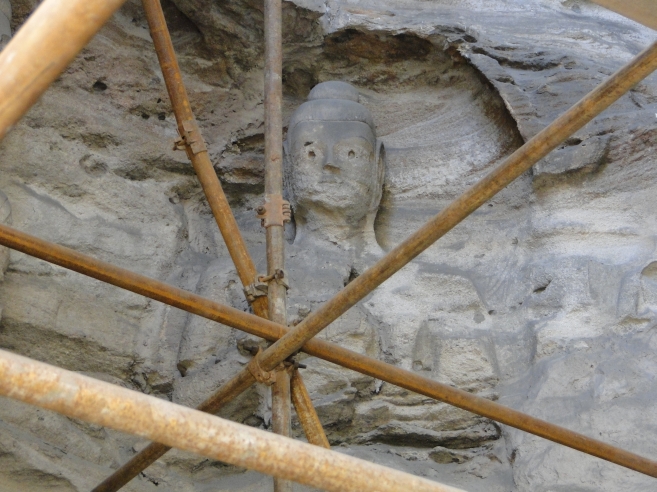
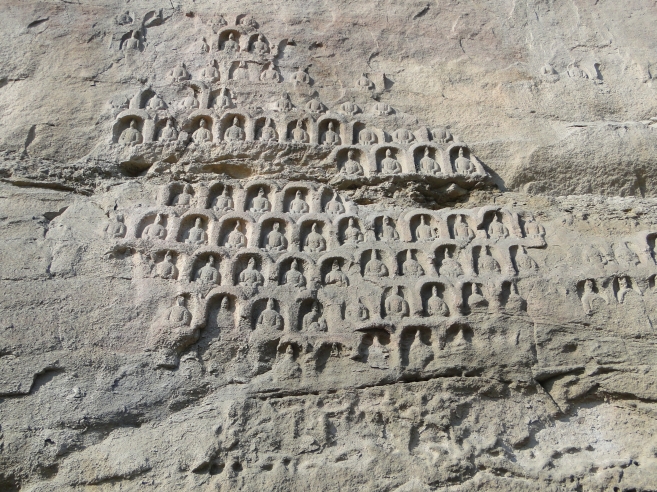


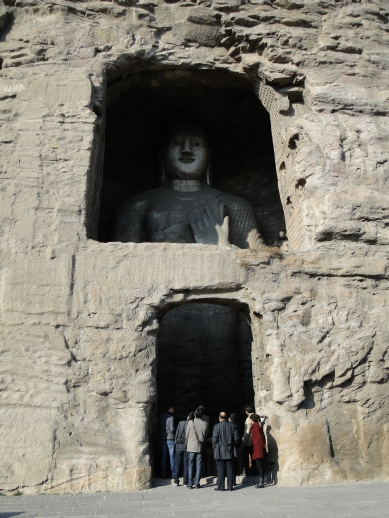

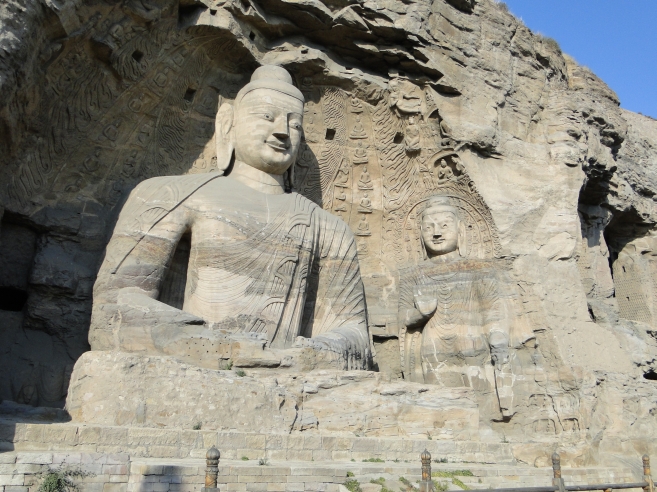
---------------------------------------
Modern museum at the Yungang Caves complex displaying some of the relics from the grottoes.

